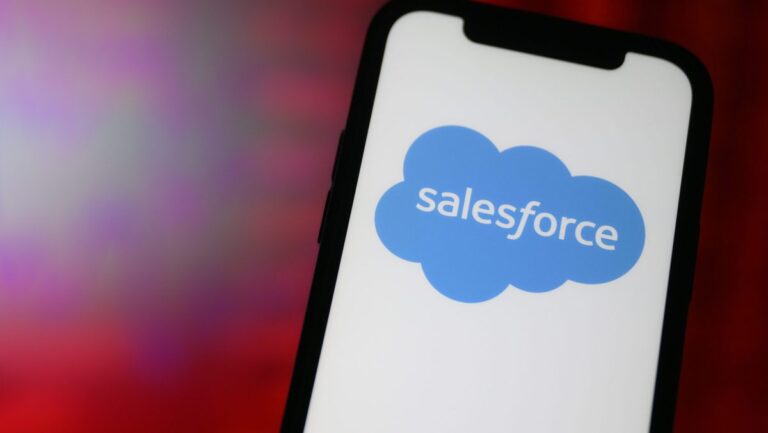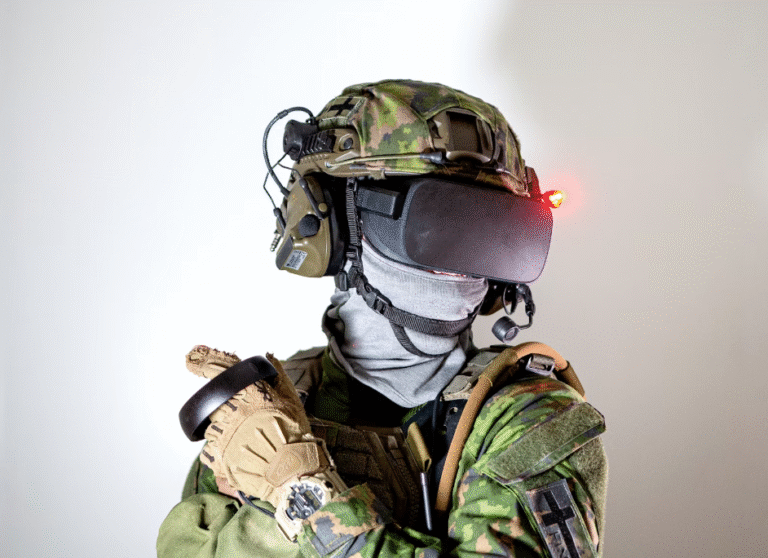Here’s when Android 16’s Material 3 Expressive redesign and Desktop Mode will roll out
TL;DR
- The Android 16 update is now available for Pixel devices, but the anticipated Material 3 Expressive UI and new Desktop Mode are not included in this initial release.
- Google plans to launch the Material 3 Expressive redesign with the Android 16 QPR1 update, which is expected to roll out on September 3, 2025.
- The new Desktop Mode is also slated for the Android 16 QPR1 release and is currently available for testing in QPR1 Beta 2.
Google is finally rolling out the Android 16 update to supported Pixel devices today. The update introduces some nice quality-of-life improvements to notifications, welcome accessibility features, and a new security mode. However, it doesn’t bring two of the biggest changes that Google announced last month: the new UI based on Material 3 Expressive and the new Desktop Mode experience. Fortunately, both of these features are launching very soon, and you can even try them out right now.
When is Google rolling out Android 16’s Material 3 Expressive redesign?
Material 3 Expressive, the latest iteration of Google’s design language, promises a bolder, more fluid, and more engaging UI. It introduces a revamped Quick Settings panel, new physics-based animations, fresh dynamic color schemes, background blur effects, more customization options, updated buttons, and refreshed icons, among other changes.
Android’s big Material 3 Expressive redesign is set to go live in the upcoming Android 16 QPR1 release. According to a source, Google plans to roll out the update to supported Pixel devices on September 3, 2025. The update’s source code will be released a few weeks earlier, on August 20, 2025.
These release dates aren’t set in stone, as Google can change things at the last minute to address major issues that arise or in response to other news. For example, the company originally planned to release Android 16 on June 3, 2025, but it decided to delay the release to today for unknown reasons.
While we can’t say for sure that Android’s Material 3 Expressive redesign will roll out on September 3, 2025, we do know that it will go live in Android 16 QPR1. Google explicitly said that “much of the new visual polish associated with Material [3] Expressive” will arrive in the “Q3 update in-between the API releases.”

Android’s 2025 release timeline overview
The “Q3 update” Google mentioned refers to its third quarterly Android release of 2025. Internally, this is called “25Q3,” which corresponds to the public Android 16 QPR1 release. For context, today’s Android 16 launch is considered “25Q2,” the second quarterly release of the year.
Thus, the Material 3 Expressive UI overhaul is confirmed to go live in Android’s third quarterly release of 2025, which typically rolls out in the first week of September. If you would rather not wait until then, you can try the new design right now on your Pixel device by installing the Android 16 QPR1 beta. Much of the new UI is already available in the Beta 1 release, but more changes are coming in the next Android 16 QPR1 Beta 2 update, which will also bring the long-awaited Desktop Mode.
When is Google rolling out Android 16’s new Desktop Mode experience?
Power users have been begging Google to add a proper desktop mode like Samsung DeX for years, and the company is finally delivering. In collaboration with Samsung, Google is developing this new experience for Android 16 QPR1. The feature brings a desktop-like interface to connected displays, complete with a taskbar, status bar, freeform window support, and mouse movement between screens.
Since the Desktop Mode feature is in developer preview, it isn’t enabled by default. To enable it, you need to go to Settings > System > Developer options and toggle “enable desktop experience features.”
Alongside connected display support, Android 16 QPR1 also brings enhanced desktop windowing capabilities. Google is introducing flexible window tiling, multiple desktop sessions, enhanced app compatibility, multi-instance management, and desktop persistence. These features are available for testing in the new Android 16 QPR1 Beta 2 release and will be included in the stable update rolling out in September.
Google hasn’t said when it’ll enable Android’s new connected display support and enhanced desktop windowing capabilities by default. It’s likely the features will remain locked behind a developer option even in the stable release of Android 16 QPR1, but we’ll have to wait and see.
When these features do launch, the connected display support will only be available on devices that support a DisplayPort connection. Among Pixel devices, this means the Pixel 8 and later, including the A-series. Although the Pixel Tablet doesn’t support a DisplayPort connection, its display is large enough to run a desktop session, so it can at least use desktop mode on the internal display.




